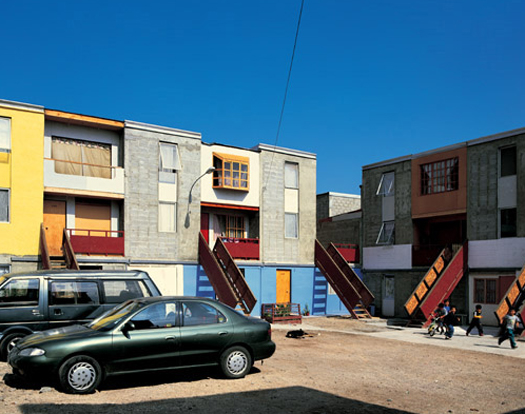A number of links had lapsed and others needed to be added. For example, the Postmodern Conservative link has been dead since the decline of Culture11, and American Socialism for the Rich and Design New Haven got new URLs.
I’ve added GGW co-bloggers at Beatus Est, Just Up the Pike, BeyondDC, and City Block. Don’t know why I didn’t have them before, but all you need to know is that they write about the same things I do, just 4-5 miles from Tenleytown, and with a wide range of viewpoints. Also, you can check out Richard Layman’s RPUS.
On the architecture side of things, I’ve updated the list with a number of local architecture blogs, including Design Cult, The Straight Torquer, and hidden gem, Washington, DC Architecture: History and Theory. That last one approaches DC with serious academic depth in a surprisingly legible style that I really admire.
Outside of DC, I’ve added faslanyc and Free Association Design, both frequent readers of Mammoth. Also, you can click through to Polis, a blog that covers global urbanism. With one Polis contributor, Peter Sigrist, we will be beginning a small dialogue about Soviet architecture. Check out his series of posts on the parks of Moscow, which will give you a solid night’s worth of fascinating reading.
Now, if you read Russian, you can now find a little section I hope will be growing over the next few months. Already, there is Вашня и Лабаринт (Tower and Labyrinth), Metroblog, Теории и Практики (Theory and Practice), Москва, Которой Нет (The Moscow that Isn’t There), and Moscow Cycle Chic, now that temperatures are getting up into the 60s.
My friend Anna deserves mention for the log of her social life NOMOFOMO, including, but not limited to, such topics as ancient hams and women in sparkly gold catsuits. Then there’s DC Blogs, which notes various DMV-area blogs, including this one.
And I’d be remiss if I didn’t mention Peoples’ District, which is possibly the most interesting web presence in DC right now. All it is is an image and a monologue about a resident. And it’s great.



 A few found ideas.
A few found ideas.
